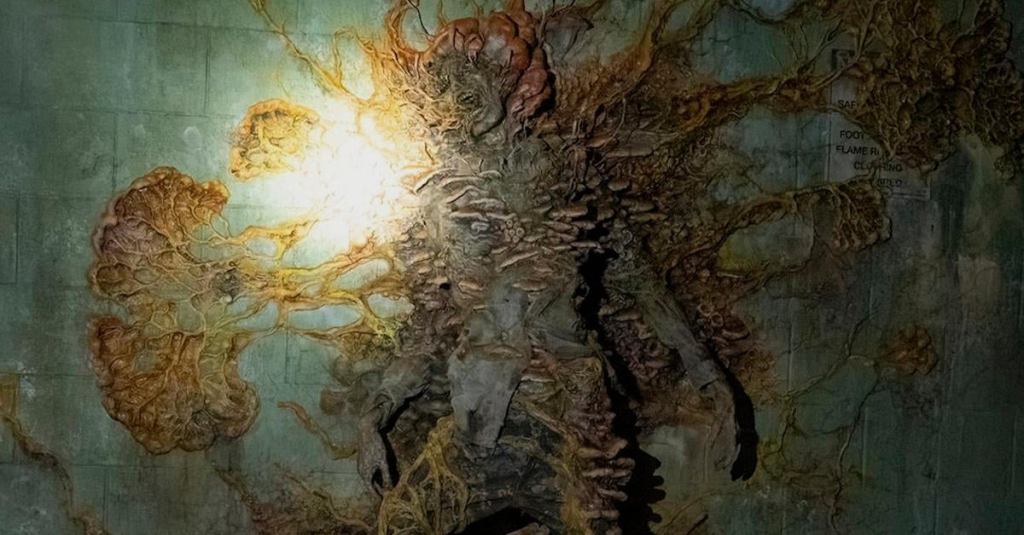The Last of Us HBO series has brought the dark, twisted, mythology of the hit video game series to a much wider audience, sparking many questions about how much of it is science fiction and how much of it is science fact. The TV version of The Last of Us has expanded the mythology of the fungal virus outbreak that turns the world into dystopia, giving us more science-based horror about how a fungus such as Cordyceps could mutate into a world-ending threat.
Videos by ComicBook.com
Now, thanks to The Last of Us HBO TV series, scientists who are experts on fungi are getting a chance to step into the pop-culture spotlight and share some of the more frightening realities of what they know.
Mycology is the branch of biology that studies fungus, and one of its biggest names is Paul Edward Stamets, a mycologist, and entrepreneur who studies fungi and sells products made from them. Stamets saw Episode 2 of The Last of Us and all the new details of the Cordyceps infection the show revealed. Naturally, Stamets had thoughts to share – and what better place to do it than on Twitter?
I have just finished watching the second episode of #TheLastOfUs and I have two opinions.
— Paul Stamets (@PaulStamets) January 26, 2023
First, I’m a science-fiction fan and I love weaving the creative elements of fungi into the narrative.
But let’s get real. Cordyceps can not infect humans. pic.twitter.com/R0cLGq0GPO
“I have just finished watching the second episode of #TheLastOfUs and I have two opinions,” Stamets said at the start of his thread. “First, I’m a science-fiction fan and I love weaving the creative elements of fungi into the narrative. But let’s get real. Cordyceps can not infect humans.
But all organisms must eat. There are animals that are predatory. There are plants that are predatory. There are fungi that are predatory. We are all part of a giant food web where we are sustained by each other. This is fiction weaved info a theme speckled with mycology and exploiting Mycophobia: the fear of fungi. It is natural for humans to fear that which is powerful but mysterious and misunderstood.
So I applaud the writers for seeing this opportunity to take us on a literary adventure into the realm of sci-fi while exploiting the public’s fascination, fear, and joy of fungi.”
As you may be able to tell from those statements, Paul Edward Stamets is more on the side of fungi as opposed to against it. Stamets erases all doubt about where he stands later on in the thread when campaigns for fungus being our greatest ally:
“In reality, Fungi offer us today some of the best solutions that are needed for solving many of the existential threats that we face. In fact, Cordyceps-like fungi could replace the majority of chemical pesticides with an ecologically rational and economically scalable solution.
Who knows, a young person watching this series could become our Einstein of mycology and help save the world from the toxins we create. Breaking news: they are everywhere, all the time, and you live with them 24/7. These very fungi exist under every footstep that you take.
Fungi will never be defeated. Our survival depends on a peace treaty with Fungi. Mycologists can help by being the ambassadors….to our friends, the fantastic Fungi !”

Stamets may be right about one thing: The Last of Us HBO series (and game) are probably the best recruitment drive for the field of mycology that we’ve seen… maybe ever. And yes, hopefully, everything Stamets said about fungus being our friend holds true, because we’ve seen what the alternative looks like, and… no thanks.
The Last of Us airs new episodes on HBO Sunday nights.








